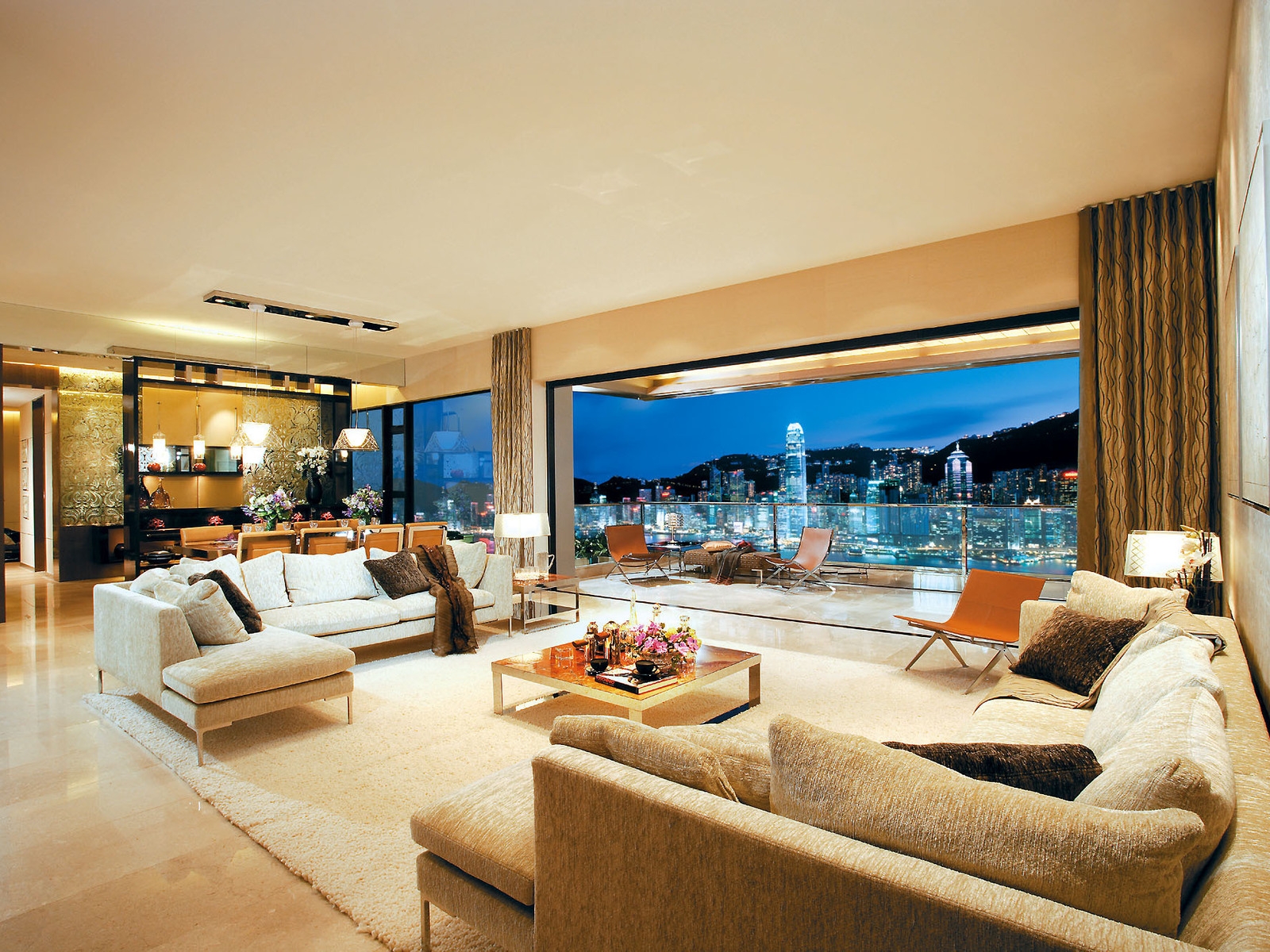
Introduction
Design has always played a significant role in shaping the world around us, and with the advent of modern technologies, the layers of design have become more intricate and interconnected than ever before. In this article, we will explore the layers of modern design, delving into various aspects that make it compelling and innovative. From user experience to visual aesthetics, we will uncover the key elements and trends that define modern design.
The User Experience Layer

The user experience (UX) layer is at the core of modern design. It focuses on creating intuitive and seamless interactions between users and digital products or services. UX design involves understanding user behaviors, needs, and motivations to design experiences that are both engaging and meaningful.
1. User Research and Analysis

A crucial step in UX design is conducting user research and analysis. This involves gathering data to understand user preferences, pain points, and goals. By analyzing this information, designers can create user personas and journey maps, which help in designing experiences that cater to specific user segments.
2. Information Architecture

Information architecture refers to the organization and structure of content within a digital product or service. It involves creating a clear and logical pathway for users to navigate through information. This layer ensures that users can easily find what they are looking for, enhancing their overall experience.
The Visual Layer
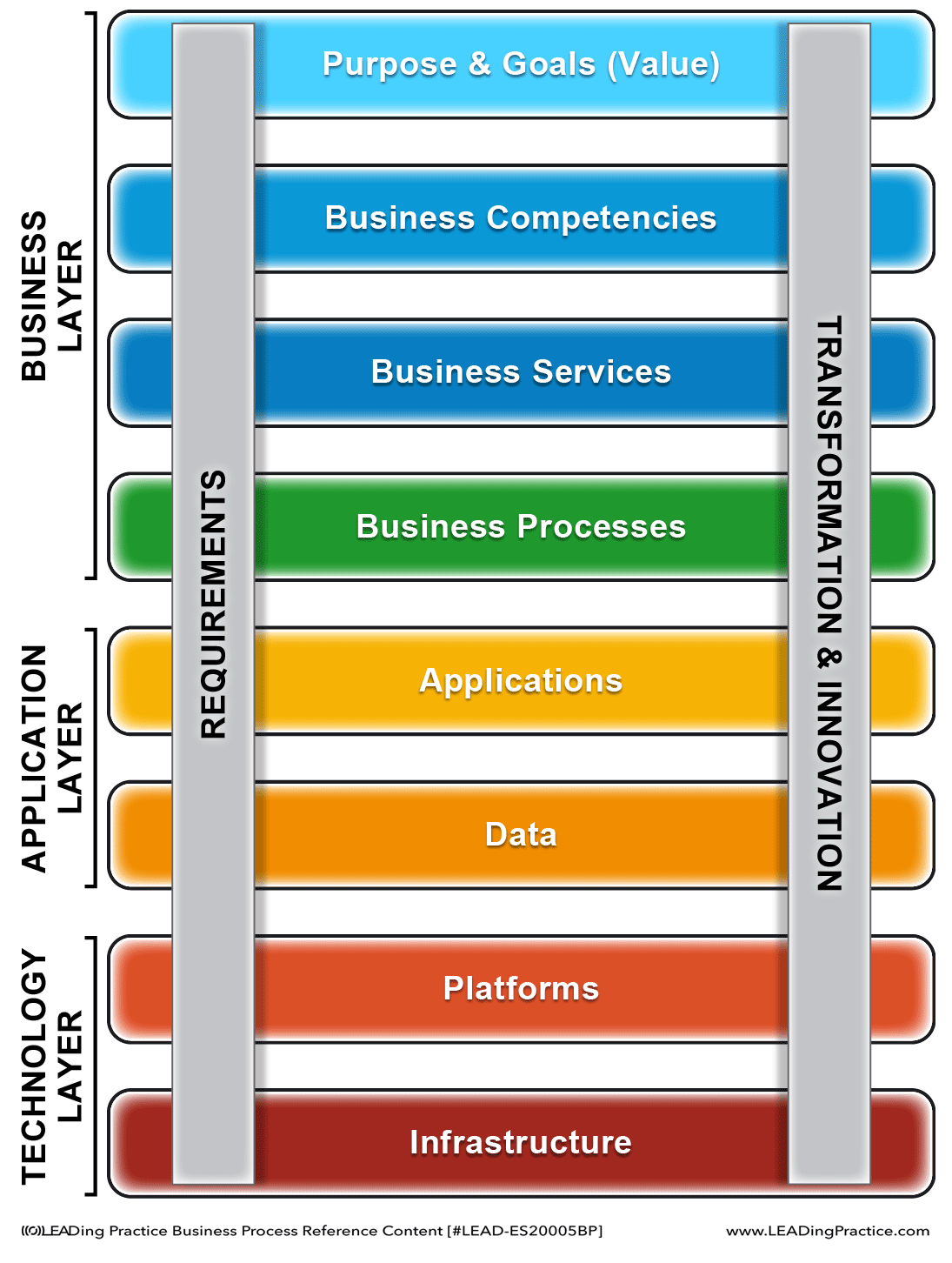
The visual layer of modern design is responsible for creating visually appealing and aesthetically pleasing experiences. It focuses on the visual elements that make up a design, including colors, typography, imagery, and layout.
1. Color Psychology and Branding
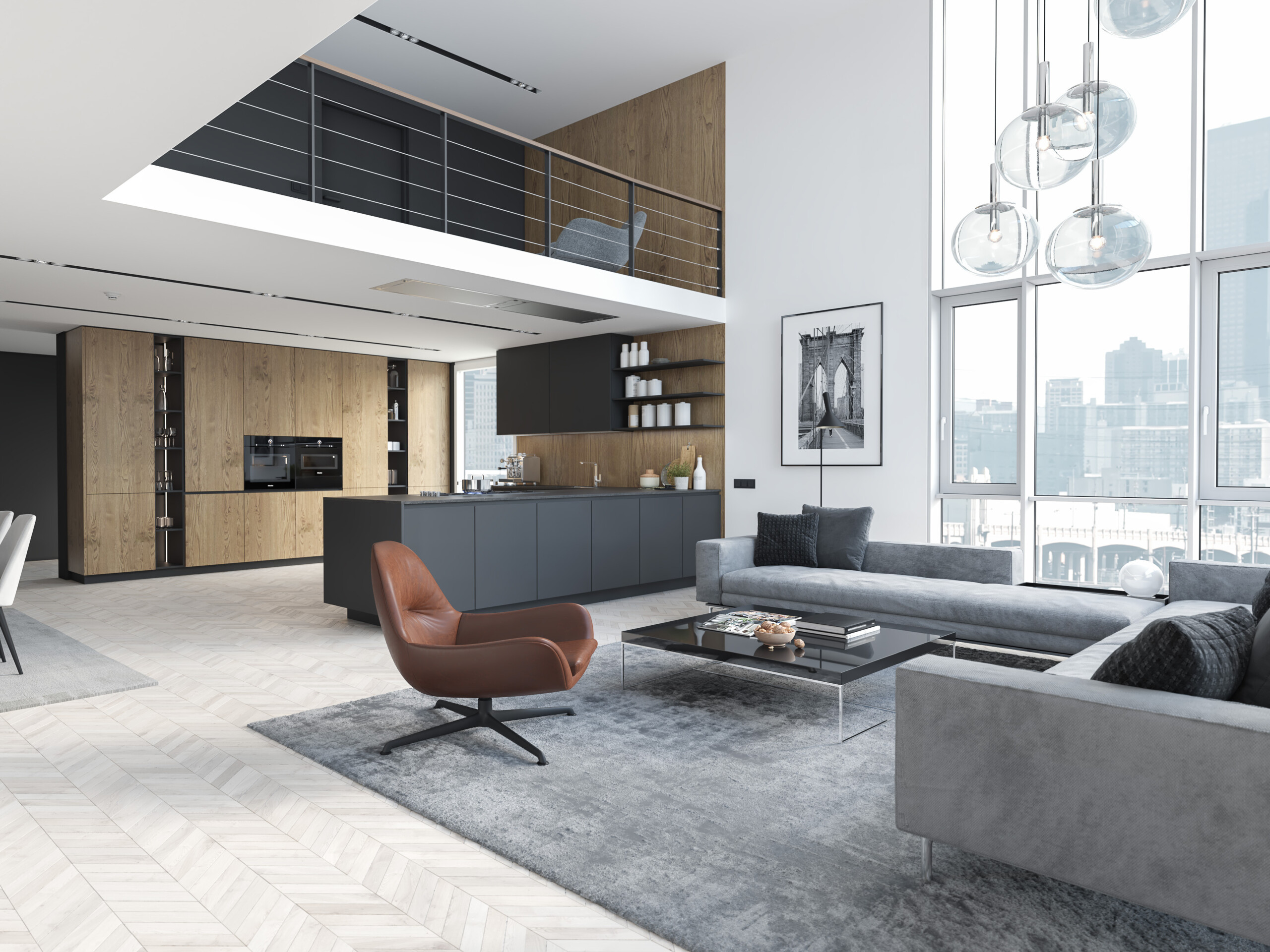
Colors evoke emotions and have a significant impact on the overall perception of a design. Modern designers use color psychology to enhance user experiences and align them with brand identities. Understanding how different colors interact and influence emotions is crucial in creating visually compelling designs.
2. Typography and Readability

Typography plays a vital role in modern design. Choosing the right typefaces and ensuring readability is essential for user engagement. Designers consider factors such as font size, line spacing, and font pairing to create visually harmonious and legible designs.
The Technological Layer

The technological layer of modern design incorporates the advancements in technology to enhance user experiences and create innovative solutions. From responsive web design to interactive interfaces, technology has revolutionized the possibilities of design.
1. Responsive Design

With the rise of mobile devices, responsive design has become a crucial aspect of modern design. Designers need to ensure that their creations adapt seamlessly to different screen sizes and resolutions. This layer focuses on creating designs that are accessible and functional across various devices.
2. Interactive Interfaces

Interactive interfaces have transformed the way users engage with digital products. From touch gestures to voice commands, designers incorporate interactive elements to create immersive experiences. This layer explores the integration of technology to make designs more engaging and interactive.
The Emotional Layer

The emotional layer of modern design emphasizes the connection between design and human emotions. It aims to evoke specific feelings and create memorable experiences for users.
1. Emotional Design Elements
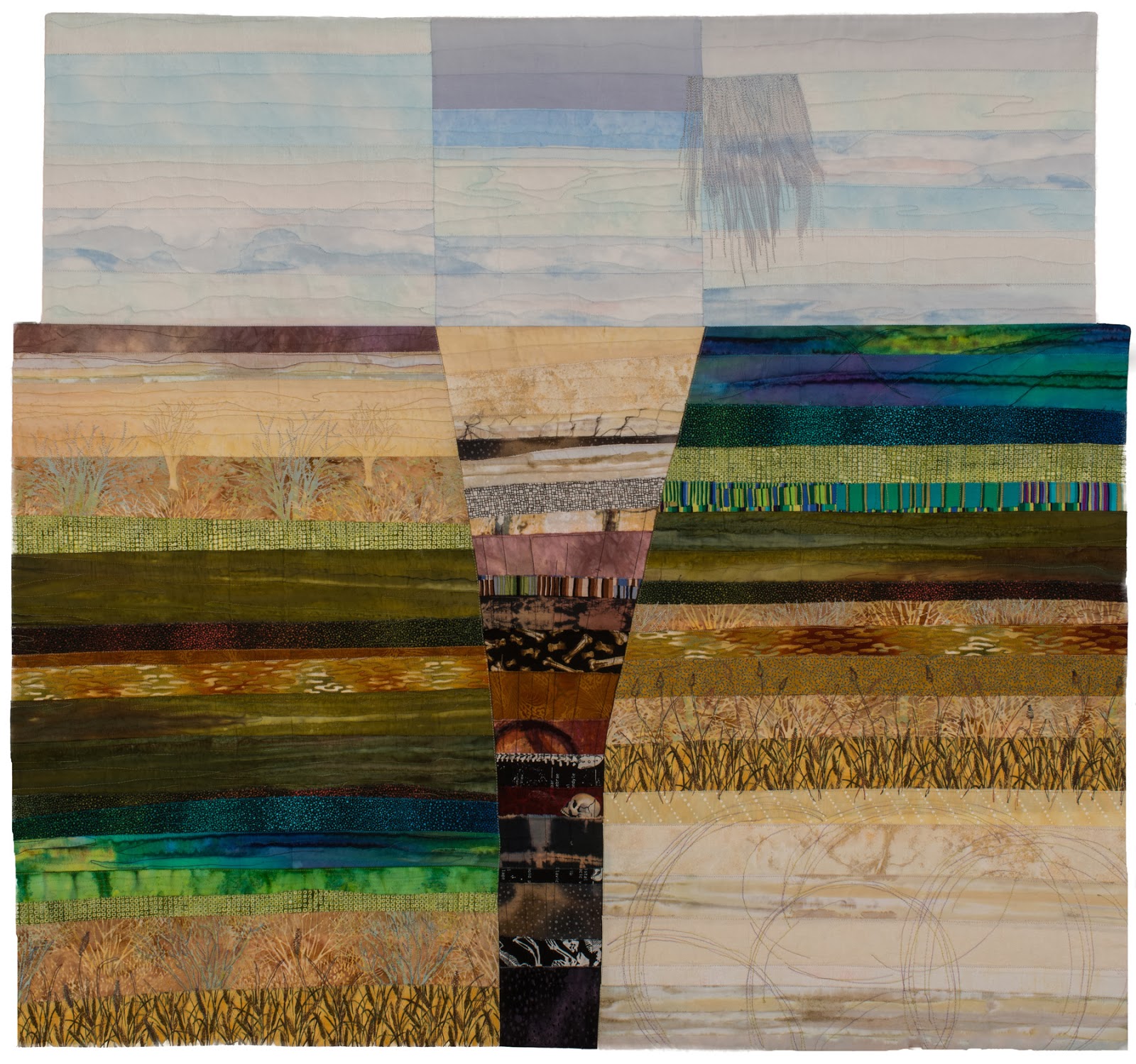
Designers use various elements, such as animations, microinteractions, and visual storytelling, to evoke emotions in users. This layer focuses on creating designs that resonate with users on a deeper emotional level, fostering a stronger connection between them and the product or service.
2. Personalization and Customization
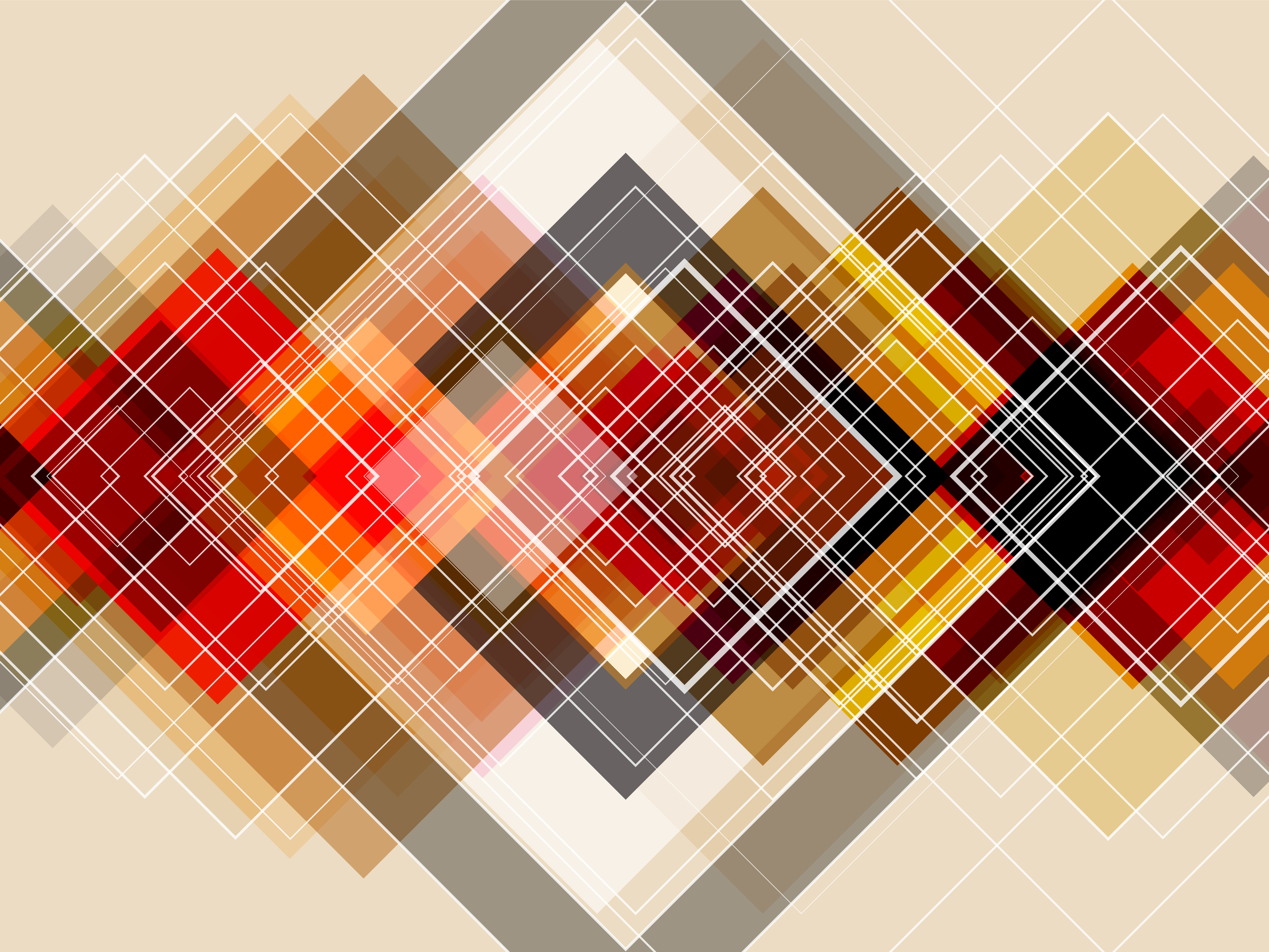
Personalization and customization play a crucial role in modern design. By tailoring experiences to individual users' preferences and needs, designers can create a sense of ownership and make users feel more connected to the design. This layer explores the use of personalization as a tool for enhancing emotional connections.
Summary
Modern design is a multi-layered process that encompasses various aspects, including user experience, visual aesthetics, technology, and emotional connections. By understanding and incorporating these layers, designers can create compelling and innovative experiences that captivate users. From user research and analysis to the integration of interactive interfaces, modern design is constantly evolving to meet the ever-changing needs of users.

